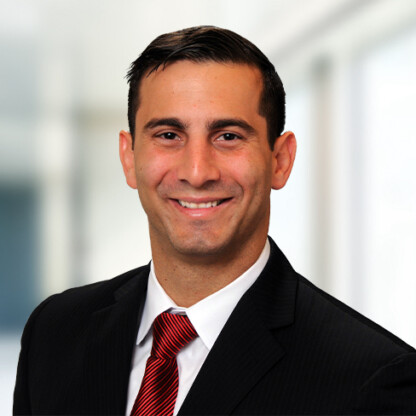
Oklahoma Governor Mary Fallin recently signed into law SB 726, establishing new telemedicine practice standards, including explicitly allowing doctors to create valid physician-patient relationships via telemedicine without an in-person exam. The new law is effective November 1, 2017.
The bill creates a new section in the Oklahoma Code (Sections 478 and 478.1 of Title 59). A summary of the key provisions follows:
- “Telemedicine” is defined as the practice of health care delivery, diagnosis, consultation, evaluation and treatment, transfer of medical data or exchange of medical education information by means of a two-way, real-time interactive communication, not to exclude store and forward technologies, between a patient and a physician with access to and reviewing the patient’s relevant clinical information prior to the telemedicine visit. Note the latter portion of the definition requires the physician to have access to and review the patient’s relevant clinical information prior to the telemedicine visit.
- “Store and forward technologies” is defined as the transmission of a patient’s medical information from an originating site to the physician or practitioner at the distant site; provided photographs visualized by a telecommunications system shall be specific to the patient’s medical condition and adequate for furnishing or confirming a diagnosis or treatment plan.
- Audio-Only or Text-Based Communications. The law excludes from the definition of telemedicine consultations provided by telephone audio-only communication, electronic mail, text message, instant messaging conversation, website questionnaire, nonsecure video conference, or facsimile machine.
- Physician-Patient Relationship. A valid physician-patient relationship may be established via telemedicine if the physician holds an Oklahoma medical license, confirms the patient’s identity and physical location, and provides the physician’s identity and professional credentials to the patient. A physician-patient relationship is not to be created solely based on the receipt of patient health information by a physician. Rather, the physician must affirmatively undertake to diagnose and treat the patient, or participate in the diagnosis and treatment of the patient.
- Health Insurance Portability and Accountability Act (HIPAA). The telemedicine and store and forward technology encounters must comply with HIPAA and ensure that all patient communications and records are secure and confidential.
- Telemedicine Prescribing. A physician-patient relationship cannot be established via telemedicine or store and forward technologies for the purpose of prescribing opiates, synthetic opiates, semisynthetic opiates, benzodiazepine or carisprodol, but may be used to prescribe opioid antagonists or partial agonists. The law does not prohibit the use of telemedicine for prescribing other medications, but Oklahoma law does consider it unprofessional conduct to prescribe or administer a drug or treatment without sufficient examination and the establishment of a valid physician-patient relationship.
Oklahoma already has medical board regulations (Okla. Admin. Code r. 435:10-7-13) and a position statement on the practice of telemedicine, and the new law may potentially require the Oklahoma Board of Medicine to rewrite some of its existing guidance to the extent it conflicts with the controlling provisions of the new statute. The new law can serve to streamline and simplify existing Oklahoma rules, and give a greater degree of confidence for accepted telemedicine practices. Industry insiders may recall the 2013 Trow decision, in which a physician was sanctioned by the Oklahoma Medical Board for inappropriate telemedicine prescribing practices, including controlled substances.
Copyright 2017, American Health Lawyers Association, Washington, DC. Reprint permission granted.

